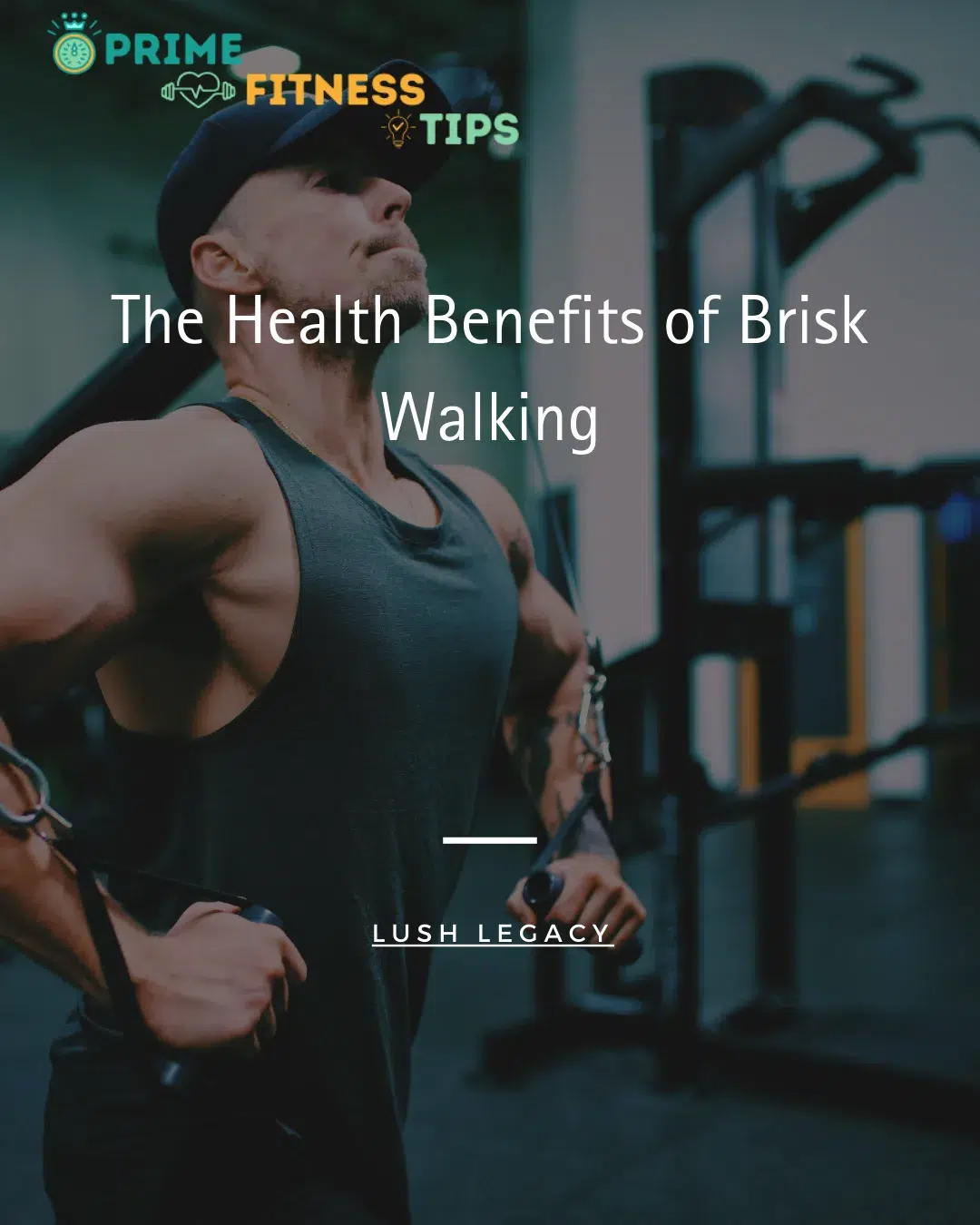Brisk walking isn’t trendy. It isn’t flashy. It doesn’t sell overpriced supplements or neon gym wear. But it works. It slices through mental fog, torches calories, and wakes up muscles long thought dormant. In a world of over-complication, walking is clarity. Efficiency. Power.
Why Brisk Walking Is the Unsung Hero of Fitness
When you walk briskly, you’re not just strolling—you’re training. Your heart pounds, your lungs expand, your body moves with purpose. It’s simple, yes. But simplicity doesn’t mean weakness. Brisk walking is one of the most effective, accessible forms of cardio there is.
- Boosts cardiovascular health and stamina
- Burns fat and promotes weight loss
- Improves insulin sensitivity
- Elevates mood and reduces anxiety
- Strengthens joints and improves posture
Want to move better, feel sharper, and live longer? Put one foot in front of the other—and pick up the pace.
Calories Burned: Walking vs Brisk Walking
The number of calories you burn walking depends on speed, weight, and terrain. But here’s a rough breakdown:
| Weight (lbs) | Walking 3.5 mph (30 mins) | Brisk Walking 4.5 mph (30 mins) |
|---|---|---|
| 125 | 120 | 180 |
| 155 | 149 | 223 |
| 185 | 178 | 266 |
So, does walking help you lose weight? Yes—especially when done briskly and consistently. Combine it with a balanced diet, and you’ve got a fat-burning machine.
What Counts as Brisk Walking?
It’s not a casual stroll. It’s controlled intensity. Brisk walking speed typically falls between 4 to 4.5 mph—where talking becomes harder, but you’re not breathless.
- Casual: ~2.5 mph
- Brisk: 4.0–4.5 mph
- Power walking: 5+ mph
This pace is ideal for heart health, endurance building, and fat burning—without the joint strain of running.
Health Benefits of Brisk Walking (Beyond the Obvious)
1. Cardiovascular Resilience
Brisk walking strengthens the heart, improves cholesterol profiles, and reduces blood pressure. Your heart becomes more efficient—beating fewer times, but doing more work.
2. Mental Focus and Stress Reduction
Walking clears mental clutter. It triggers endorphins, balances cortisol levels, and unlocks clarity. It’s nature’s therapy—no couch needed.
3. Metabolic Boost
It stabilizes blood sugar, supports insulin function, and boosts your resting metabolism. Bonus: It improves digestion too.
Stacking Nutritional Power with Walking
Pair your daily walks with nature’s superfoods for compounding results:
- Chia seeds health benefits: Packed with fiber and omega-3s—great pre-walk fuel.
- Ginger health benefits: Reduces inflammation post-walk.
- Avocado health benefits: Supports joint health with monounsaturated fats.
- Goji berry health benefits: Boosts endurance and immunity.
- Beets health benefits: Increase oxygen efficiency during intense walking sessions.
Want to Level Up Your Walk?
Integrate smart habits and proven methods. Don’t just walk—train.
- Add strength training twice a week to balance muscle development
- Stretch properly before and after to avoid tight hips and hamstrings
- Use a fitness tracking app to monitor speed and distance
- Incorporate squats and lunges for glute and leg strength
From Couch to Consistency: How to Stay Motivated
Motivation is fleeting. Habit is eternal. Build your walking habit with these quick hacks:
- Walk at the same time every day—make it automatic
- Use music or podcasts to stay entertained
- Join a step challenge or walking group
- Set weekly goals and track your wins
Other Fitness Essentials to Explore
- Top 5 Home Fitness Machines
- Complete Guide to Circuit Training
- Yoga vs Pilates
- Weight Training Mistakes to Avoid
- Build Your Own Strength Program
Final Word: Brisk Walking Isn’t Basic. It’s Brilliant.
This isn’t just exercise. It’s rebellion. Against slowness. Against aging. Against excuses. Brisk walking is how you wake up your body, sharpen your mind, and reclaim your health—one fast step at a time.
FAQs About Brisk Walking
How fast is brisk walking?
Brisk walking typically ranges from 4.0 to 4.5 mph. You should feel slightly out of breath, but still able to talk.
Can brisk walking help lose weight?
Yes. Brisk walking burns more calories than casual walking and supports fat loss when combined with good nutrition.
Is walking every day enough exercise?
Daily brisk walking, especially for 30–60 minutes, meets the American Heart Association’s guidelines for moderate-intensity cardio.
Which muscles does brisk walking work?
Mainly legs (quads, hamstrings, calves), glutes, and core. Add inclines to activate more muscle groups.
How do I track my walking pace?
Use a GPS-based fitness app or pedometer. Apps like Fitbit, Strava, or Apple Health can show real-time pace.

1 thought on “The Health Benefits of Brisk Walking”